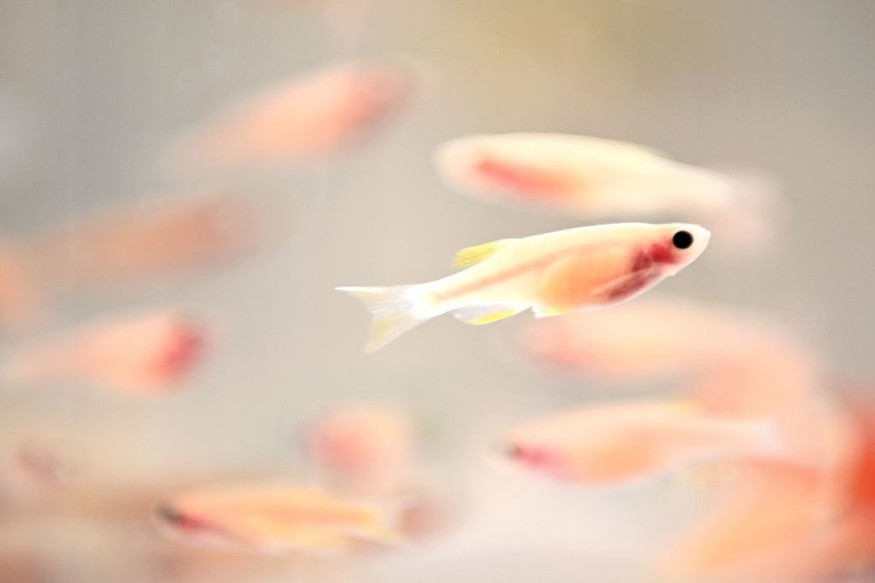Reports revealed that the four zebrafish brought to China's Tiangong space station are alive and healthy. However, the said fishes showed signs of disorientation, mainly due to their new environment.
In a Nature World News (NWN) report, China planned to send zebrafish to space for scientific and medical research. Zebrafish are small fish primarily found in aquariums and freshwater communities.
A National Institute of Health (NHI) highlights that zebrafish were also used for medical research purposes. These species are considered unique because they can potentially repopulate quickly.
Zebrafish in the space

According to a recent report, one reason for bringing the zebrafish into space is to understand its role in helping astronauts and studying bone density loss. Another research aspect is observing how these fishes can interact or survive in small systems.
The report highlights that four zebrafish, which experience boss density loss, live in good condition after being brought to China Tiangong's space station. The species were placed inside a small habitat, which can present new insights into how they deal with microgravity.
With the arrival of four zebrafish, scientists can also examine vertebrate development under microgravity environments. Part of the initiative is to develop a self-sustaining ecosystem in space. Zebrafish became the ideal choice because of its reproductive cycles and sequenced genome.
However, the report highlights that the zebrafish showed signs of disorientation in a new environment. The microgravity impacts were revealed as the fish swam upside down, in circles, or backward. The unique fish behavior indicates the quick biological changes while in the space.
Zebrafish is one of the animals that has been sent to space. Reports explained that the medaka and mummichog were the first fish species to travel with the Japanese space agency, which aimed to understand the radiation impact.
Next on the list is monkeys. Recent reports noted that over 32 monkeys were brought to space. Dogs have also flown to space, and one of the most popular is a Samoyed terrier in Moscow.
The animals that came to space are crucial to understanding the potential survival in weightlessness and ensuring its safety for humans or future astronauts.
Understanding the potential sustainability of animal life in space
The study is significant for its future findings. It will help experts study the potential sustainability or viability of animal life in space or in microgravity, which will contribute to long-term space missions to other planets.
Understanding the rapid biological changes can offer new insights into why zebrafish suffer from bone density loss. The discovery is significant for future human spacelight health and projects. Researchers have been on the quest to unearth potential life in space and viability for human living.
Related Article : China Plans to Bring Zebrafish to Space
For more similar stories, don't forget to follow Nature World News.
© 2025 NatureWorldNews.com All rights reserved. Do not reproduce without permission.





